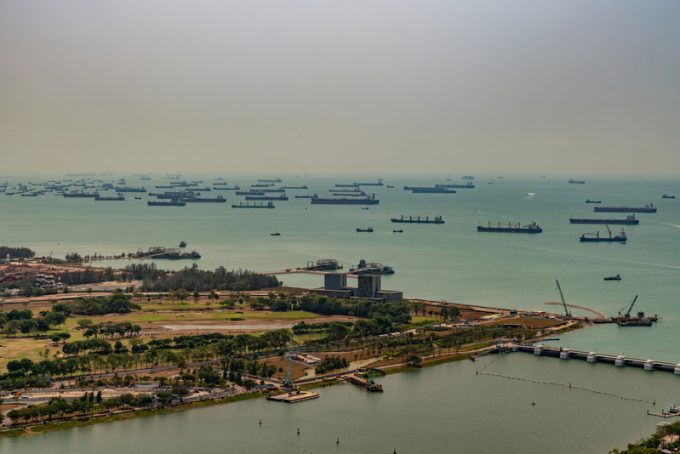Disconnect: time-charters and the freight market
Time to jump off?

The end of the early peak season and a truncated US east coast port strike has led to a lull in active tonnage in the global liner fleet, with Alphaliner pointing to an increase in the number of idle vessels over the past fortnight, to ...

Comment on this article